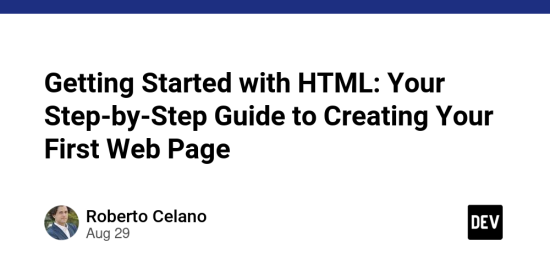Hi! I’m Roberto Celano, a web developer with a somewhat unusual background: I spent over 12 years as a chef before diving into the world of programming. If you’re here, you’re probably curious about learning HTML, the foundation upon which the entire web is built. Let me guide you through the first steps of creating your own web page, just as I did when I started.
HTML, which stands for HyperText Markup Language, is the language we use to structure and present content on the Internet. Think of HTML as the foundation of a house: it’s the framework that holds everything else in place.Basic Structure of an HTML Document: Every HTML web page follows a simple but powerful structure.
Here’s a basic skeleton of an HTML page:
lang="en">
charset="UTF-8">
name="viewport" content="width=device-width, initial-scale=1.0">
</span>My First Website<span class="nt">
Welcome to My Site
This is an example of a simple web page written in HTML.
